Kes (1969)

Exploring Kes (1969): A Timeless Cinematic Masterpiece
Released in 1969, Kes is a British drama that remains one of the most poignant and enduring films of its era. Directed by Ken Loach and based on Barry Hines’ novel A Kestrel for a Knave, the film is a raw, unflinching portrayal of working-class life in Northern England. Through the story of a young boy and his bond with a kestrel, Kes explores themes of hope, resilience, and the harsh realities of social inequality. With its naturalistic style, authentic performances, and emotional depth, the film has cemented its place as a landmark in British cinema. This comprehensive article delves into the making of Kes, its themes, cultural impact, and why it continues to resonate with audiences today.
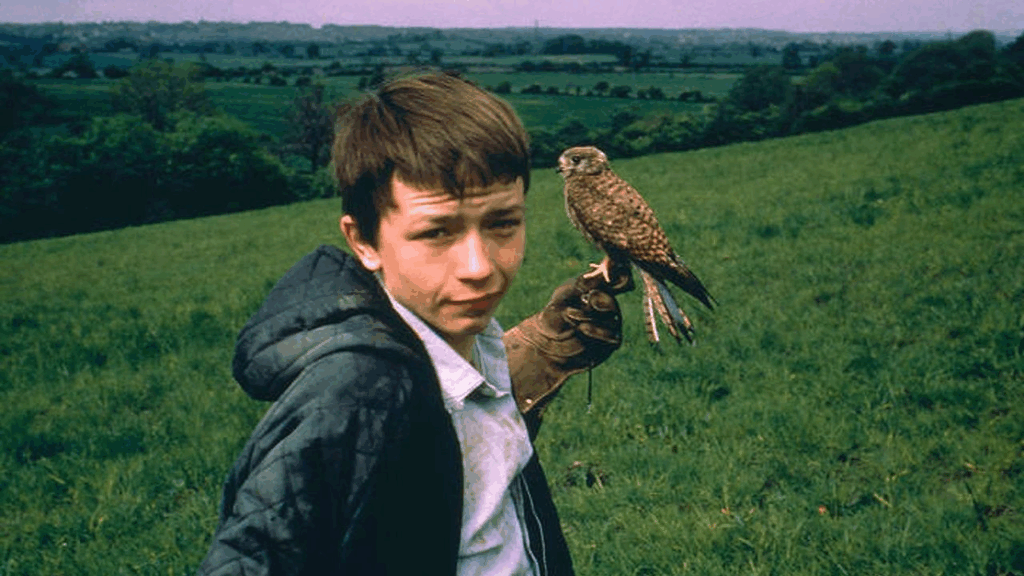
Synopsis: A Boy and His Bird
Set in the industrial town of Barnsley, South Yorkshire, Kes follows Billy Casper, a 15-year-old boy navigating a life marked by poverty, neglect, and societal indifference. Trapped in a dysfunctional family, bullied at school, and facing a future in the coal mines, Billy finds solace in an unlikely source: a young kestrel he names Kes. After stealing a book on falconry, Billy trains the bird, forming a profound bond that becomes his escape from a bleak reality. Through his relationship with Kes, Billy discovers a sense of purpose and beauty in a world that otherwise offers him little.
The film juxtaposes moments of tenderness with the harshness of Billy’s environment, from his abusive older brother Jud to the rigid, often cruel authority figures at his school. As Billy’s connection with Kes deepens, the story builds toward a heartbreaking climax that underscores the fragility of hope in a world stacked against the underprivileged. Kes is both a coming-of-age tale and a searing critique of class and systemic inequality, told with raw honesty and understated power.
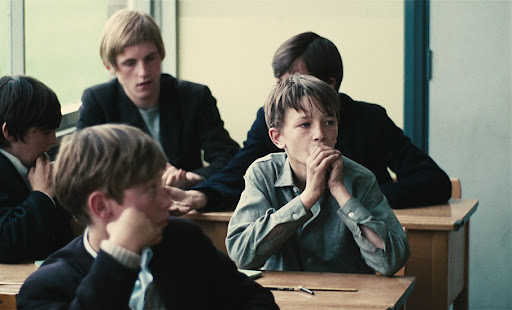
The Making of Kes
Origins and Source Material
Kes is adapted from Barry Hines’ 1968 novel A Kestrel for a Knave, which drew heavily on Hines’ own experiences growing up in Barnsley. A former teacher and native of the region, Hines infused the story with authenticity, capturing the dialect, struggles, and spirit of working-class life. Ken Loach, already establishing himself as a socially conscious filmmaker with works like Poor Cow (1967), was drawn to the novel’s raw emotional core and its unflinching portrayal of societal issues. Collaborating with Hines and producer Tony Garnett, Loach set out to bring the story to the screen with a commitment to realism.
A Naturalistic Approach
Loach’s directorial style in Kes is rooted in social realism, a movement in British cinema that prioritized authentic depictions of everyday life. To achieve this, Loach employed non-professional actors for many roles, including the lead. David Bradley, a 15-year-old schoolboy from Barnsley with no prior acting experience, was cast as Billy Casper after Loach spotted him in a local school production. Bradley’s raw, unaffected performance became the heart of the film, capturing Billy’s vulnerability and quiet strength.
Filming took place on location in Barnsley, using real schools, homes, and landscapes to ground the story in its setting. Loach’s use of natural lighting, minimal scripting, and improvised dialogue further enhanced the film’s documentary-like feel. The Yorkshire dialect, often impenetrable to outsiders, was preserved to maintain authenticity, with Loach resisting pressure to make the dialogue more accessible.
The Kestrel: A Symbol of Freedom
The training of Kes was a crucial element of the film, requiring careful collaboration with a falconer to ensure authenticity. Three kestrels were used during production, trained meticulously to perform the scenes of Billy’s falconry. These sequences, showing Billy’s tender care for Kes, are among the film’s most memorable, offering a stark contrast to the harshness of his daily life. Loach’s decision to focus on these moments without embellishment underscores the film’s emotional power.
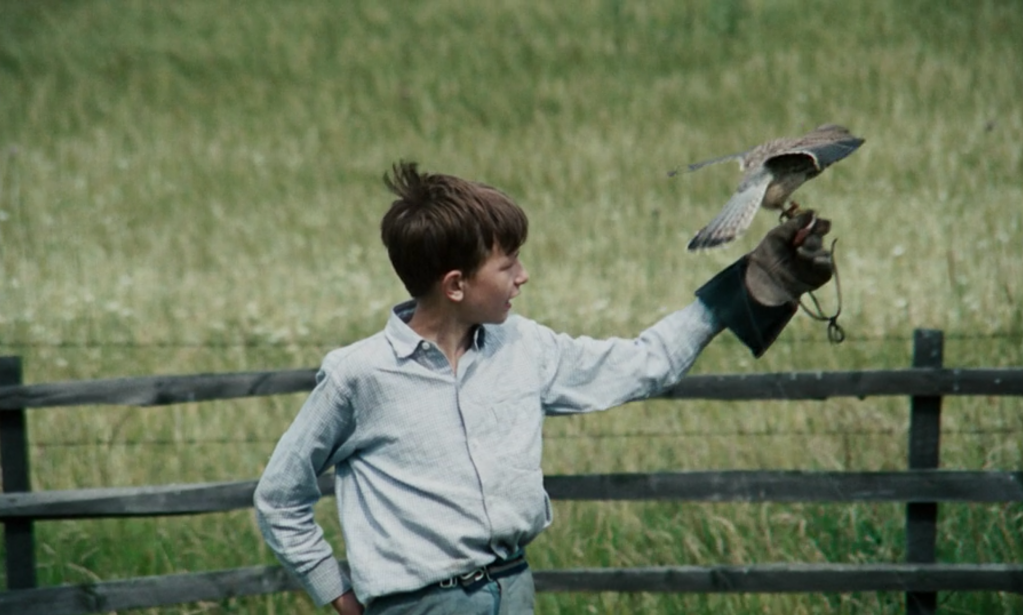
Themes and Symbolism
Kes is a deeply layered film that explores a range of themes, each woven seamlessly into its narrative. At its core, the film is a meditation on the human spirit’s capacity for resilience in the face of adversity.
Social Class and Inequality
Set against the backdrop of a declining industrial town, Kes lays bare the systemic barriers faced by the working class. Billy’s life is shaped by poverty, limited opportunities, and a school system that prepares boys like him for manual labor rather than intellectual or personal growth. The film critiques the rigidity of this system through scenes like the brutal caning by the headmaster or the dismissive attitude of Billy’s teachers, who see him as destined for the mines rather than capable of dreams.
Hope and Escapism
Billy’s relationship with Kes serves as a powerful symbol of hope and freedom. The kestrel, wild and untamed, represents everything Billy’s life lacks: autonomy, beauty, and the ability to soar above constraints. His dedication to training Kes is a rare outlet for his creativity and passion, offering a glimpse of what he could achieve in a more supportive environment. Yet, the film never shies away from the fragility of this hope, showing how easily it can be crushed by external forces.
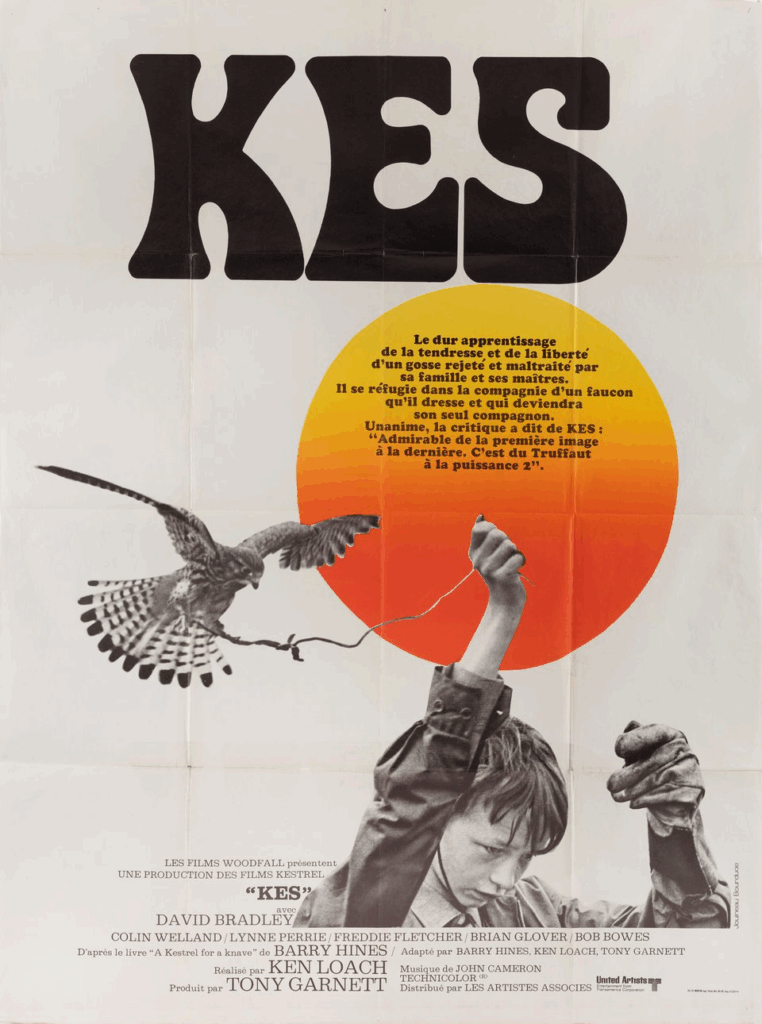
Family and Isolation
Billy’s home life is marked by dysfunction and neglect. His mother is distant, struggling to hold the family together, while his older brother Jud is abusive and resentful. These dynamics highlight Billy’s isolation, making his bond with Kes all the more significant. The film’s portrayal of family is unflinching, reflecting the strain of poverty and the absence of emotional support for a boy on the cusp of adulthood.
Nature vs. Nurture
The contrast between Billy’s harsh environment and the natural world of Kes underscores the tension between nurture and potential. While society fails to nurture Billy’s talents, his self-taught mastery of falconry reveals his intelligence and determination. The film poses a poignant question: what could individuals like Billy achieve if given the chance to thrive?
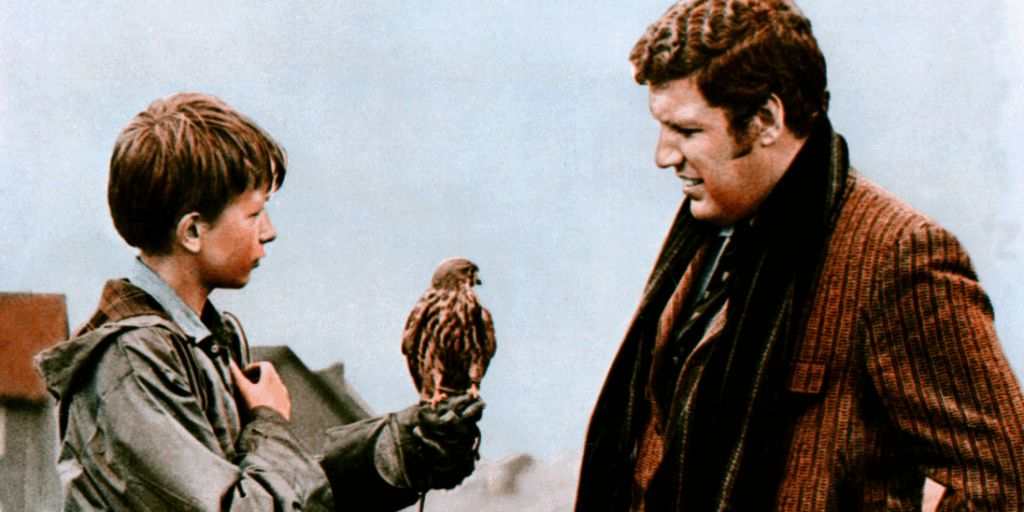
Cultural Impact and Legacy
Upon its release in 1969, Kes was met with critical acclaim for its raw authenticity and emotional depth. Though its initial box office performance was modest due to its regional dialect and uncompromising tone, the film gained a cult following and has since been recognized as a classic. It is often cited as one of the greatest British films ever made, ranking highly in polls by the British Film Institute and other institutions.
Kes marked a turning point in Ken Loach’s career, establishing him as a leading voice in social realism. Its influence can be seen in later British films like Billy Elliot (2000) and This Is England (2006), which also explore working-class struggles and personal triumph. The film’s themes of inequality and resilience remain strikingly relevant, resonating with audiences grappling with similar issues in modern society.
The film’s impact extends beyond cinema. It has been studied in schools, adapted for the stage, and celebrated for its authentic portrayal of Northern English life. David Bradley’s performance as Billy is often hailed as one of the most naturalistic in film history, and the image of Billy with Kes perched on his glove has become an iconic symbol of hope against adversity.
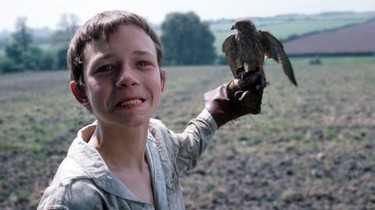
Critical Reception
Critics praised Kes for its honesty and emotional power. Roger Ebert called it “a masterpiece of understated beauty,” noting its ability to find poetry in the mundane. The film’s blend of stark realism and moments of tenderness earned it comparisons to Italian neorealism and the works of directors like Vittorio De Sica. However, some contemporary reviewers found its bleakness challenging, and its regional dialect occasionally limited its accessibility to international audiences. Over time, these qualities have become part of its enduring appeal, with subtitles and cultural context helping modern viewers appreciate its authenticity.
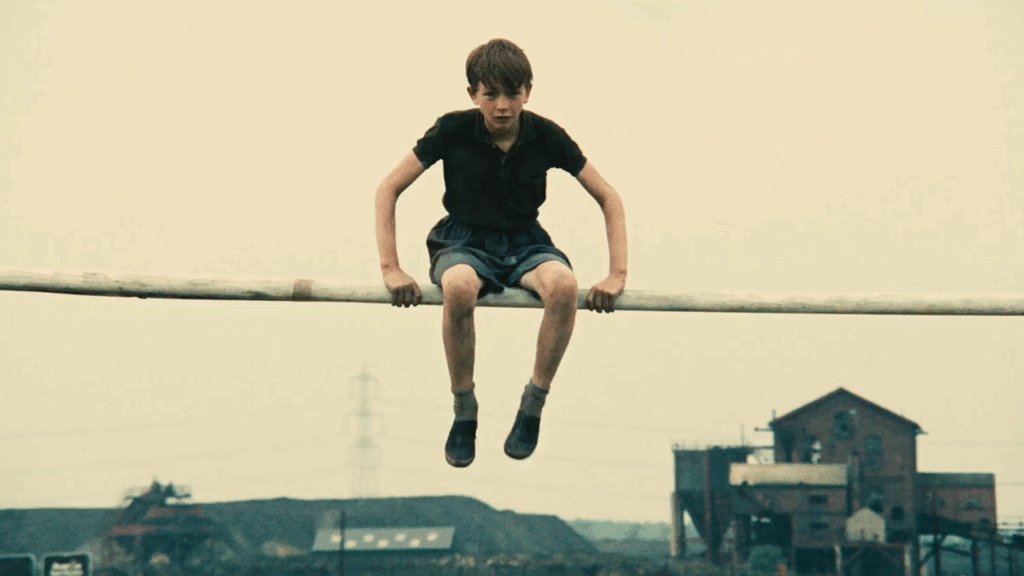
Why Kes Still Matters
More than five decades after its release, Kes remains a powerful and relevant film. Its exploration of class, opportunity, and the human need for connection transcends its 1960s setting, speaking to universal experiences of struggle and hope. Ken Loach’s commitment to realism, combined with David Bradley’s unforgettable performance, creates a film that feels as immediate today as it did in 1969.
For modern audiences, Kes offers a window into a specific time and place while raising timeless questions about how society treats its most vulnerable members. It’s a reminder of the power of small acts of defiance—like training a kestrel—against overwhelming odds. Whether you’re drawn to its social commentary, its emotional depth, or its quiet beauty, Kes is a film that lingers long after the credits roll.
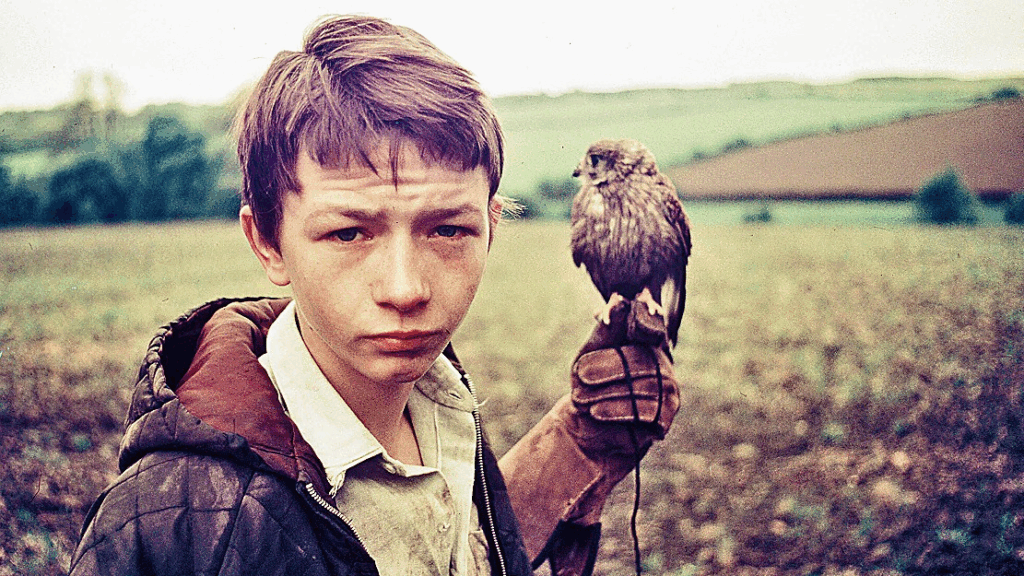
Where to Watch
Kes is available on various streaming platforms and home media formats, often with restored prints that highlight its stunning cinematography. Check services like the Criterion Channel, BFI Player, or Amazon Prime for availability, or seek out Blu-ray editions for the best viewing experience. Watching Kes in a quiet setting allows its subtle performances and naturalistic pacing to shine.
Conclusion
Kes (1969) is more than a film—it’s a testament to the resilience of the human spirit and a critique of a world that too often stifles it. Through Billy Casper’s journey, Ken Loach and Barry Hines crafted a story that is both deeply personal and universally resonant. Its blend of raw realism, emotional depth, and social insight makes it a cornerstone of British cinema and a must-watch for anyone seeking a profound cinematic experience. As you watch Billy and Kes take flight, you’ll be reminded of the enduring power of hope, even in the darkest of circumstances. Don’t miss this timeless masterpiece that continues to soar above the rest.
